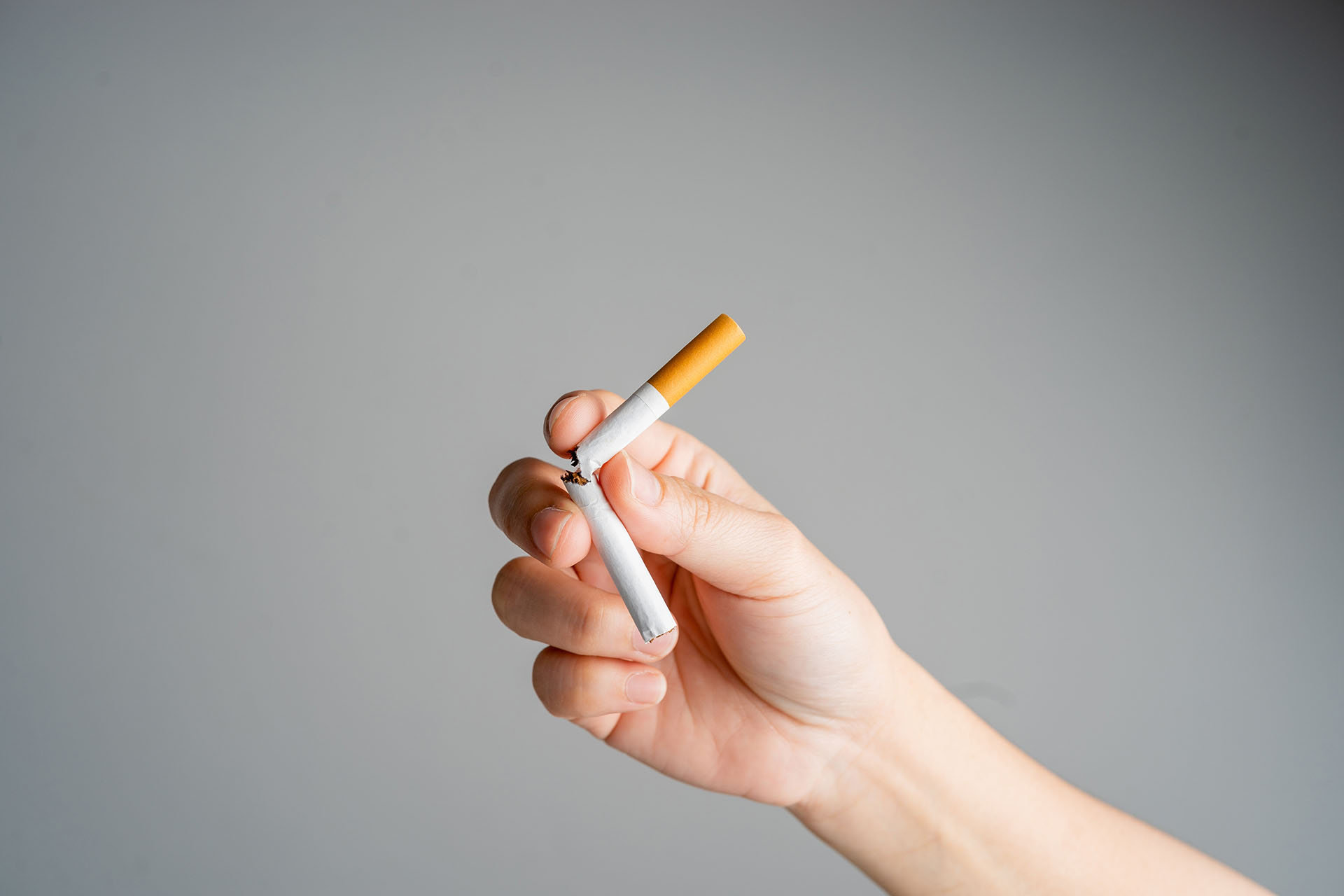New Zealand is on the cusp of becoming a smoke-free country. This small but mighty nation is determined to take the coveted aspiration by 2025. It’s a bold and ambitious goal, but one that carries significant weight and potential for global impact.
Why Smoke-free Matters
Public Health Impact
The drive to make New Zealand smoke-free is about more than just policy – it’s about transforming public health. Smoking is one of the leading causes of preventable deaths worldwide, responsible for nearly 8 million deaths annually. By eradicating smoking, New Zealand aims to significantly reduce the burden of diseases such as lung cancer, heart disease, and chronic respiratory conditions.
Economic Benefits
Beyond health, achieving a smoke-free status could save billions in healthcare costs. Smoking-related illnesses place a tremendous strain on healthcare systems. Reduced smoking rates mean fewer hospital admissions, less need for expensive treatments, and a healthier, more productive workforce. This economic upturn could be reinvested into other critical areas like education and infrastructure.
Setting a Global Example
New Zealand’s commitment sets a powerful precedent for other nations. Successful implementation could serve as a blueprint for countries grappling with high smoking rates. It demonstrates that with strong political will and community support, even the most entrenched public health challenges can be tackled.
How New Zealand is Aiming to Achieve Smoke-free Status
New Zealand is strategically working towards its smoke-free vision by implementing a combination of legislative measures and public health initiatives. Since the legalisation and regulation of vaping in 2020, where vaping was implemented as a means for quitting smoking, the country has seen significant changes in smoking behaviour among its population. This forward-thinking approach has sparked a remarkable 43% decline in daily adult smoking, with rates falling to just 6.8% by 2023.
“Vaping made a significant contribution to reducing adult smoking rates and would remain ‘the prime tool’ for doing so,” New Zealand Health Minister Shane Reti said.
By promoting vaping as a less harmful alternative for smokers, New Zealand is not only providing smokers with a viable cessation tool but also progressively reducing the appeal and accessibility of traditional tobacco products. Coupled with robust public health campaigns, educational resources, and support systems, these efforts reflect a comprehensive strategy aimed at reducing the smoking prevalence to under 5% by 2025, ultimately leading to a healthier, smoke-free future for all New Zealanders.
New Zealand’s Vaping Regulations
To support its smoke-free goal, New Zealand has established stringent regulations governing the vaping industry. One key regulation caps the nicotine strength in E-liquids at 20mg per millilitre, ensuring that products remain less addictive compared to traditional cigarettes. Additionally, the names of flavourings are restricted to a maximum of two words to describe their generic characteristics, promoting transparency and preventing misleading marketing practices.
Furthermore, regulations mandate that disposable vape devices must feature removable batteries, enhancing safety and sustainability by allowing for proper disposal and recycling options. However, there is likely soon to be an outright ban on disposable vapes. These measures reflect New Zealand’s commitment to responsible vaping practices while fostering a healthier population.
The legislation also included new fines for retailers caught flouting the rules and selling to those under the age of 18. Retailers could face fines of up to 100,000 New Zealand dollars with individuals fined up to 1,000 New Zealand dollars. Vape product packaging is also regulated to ensure that no child-appealing images or names are used.
International Implications
New Zealand’s potential victory in achieving a smoke-free status by 2025 could signal a significant turning point for vaping advocates worldwide. By embracing vaping as a regulated cessation tool rather than imposing outright restrictions, New Zealand is pioneering a more supportive framework for smokers seeking alternatives to traditional tobacco products. This approach illustrates that sensible regulation can lead to more positive health outcomes, fostering an environment where smokers have access to safer options without stigma.
Should New Zealand succeed, it will not only bolster the case for vaping’s effectiveness in smoking cessation but also inspire other countries to reconsider their policies surrounding vaping. The demonstrated ability to reduce smoking rates through well-regulated vaping products would serve as a compelling argument for nations struggling with high smoking prevalence. As more governments look for viable methods to combat tobacco use, New Zealand’s success could inspire a global shift towards viewing vaping as an integral part of public health strategy, enabling a smoke-free future through thoughtful regulation and support.
Conclusion
In conclusion, New Zealand’s ambitious goal to become the first smoke-free country by 2025 sets a remarkable standard for public health and tobacco control initiatives globally. By effectively utilising vaping as a harm reduction strategy, the nation not only addresses smoking-related health concerns but also showcases an innovative approach that other countries may adopt.
The comprehensive regulations surrounding vaping ensure that New Zealand maintains a balance between reducing smoking prevalence and safeguarding public health. As the world watches this bold initiative unfold, New Zealand’s journey could pave the way for a future where smoking is primarily a relic of the past, inspiring nations to embrace similar paths towards a healthier population and a smoke-free future.
Ultimately, the success of this endeavour lies in the continued commitment of the government, the healthcare sector, and the community at large to support and advocate for a smoke-free lifestyle.

